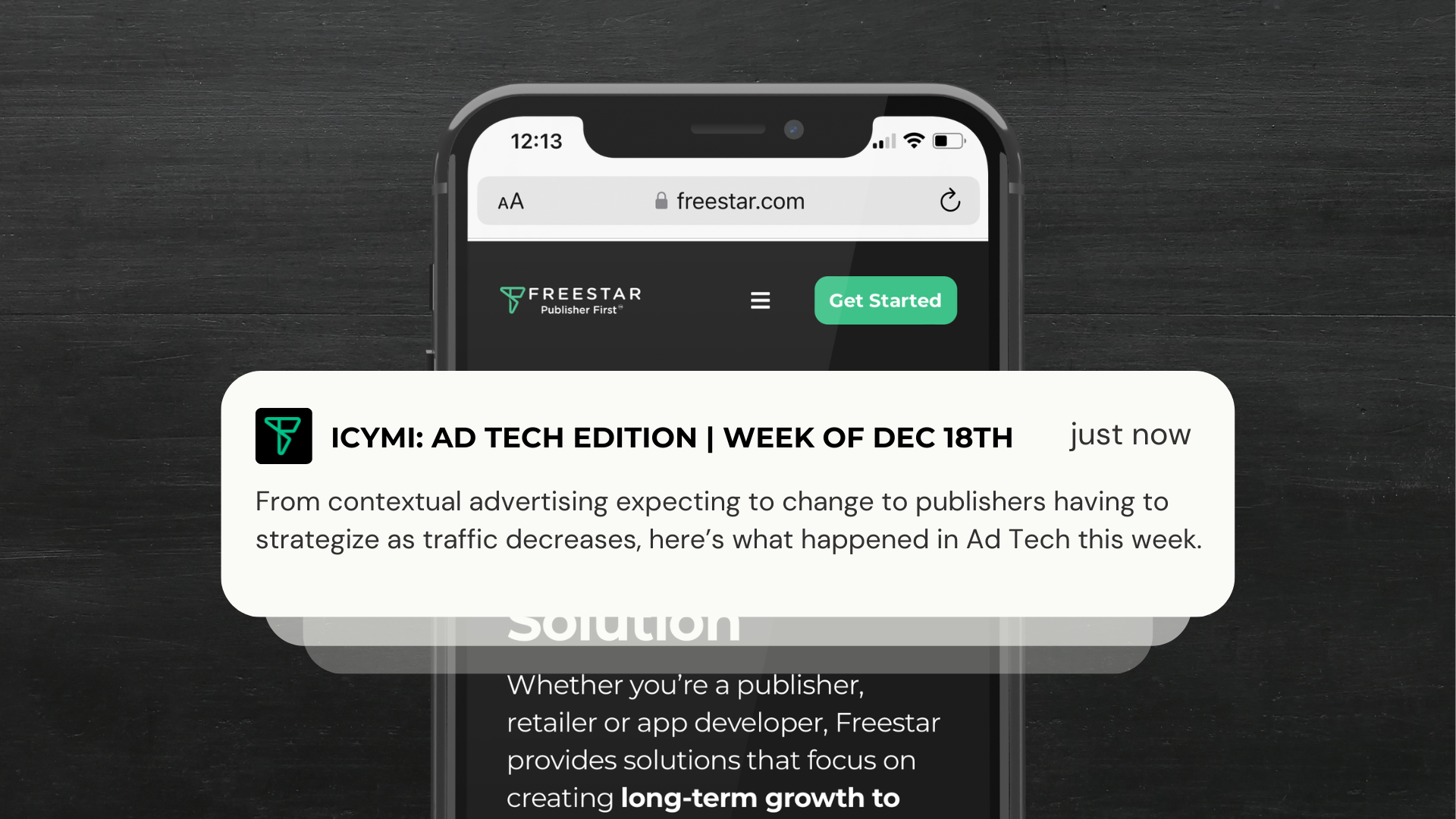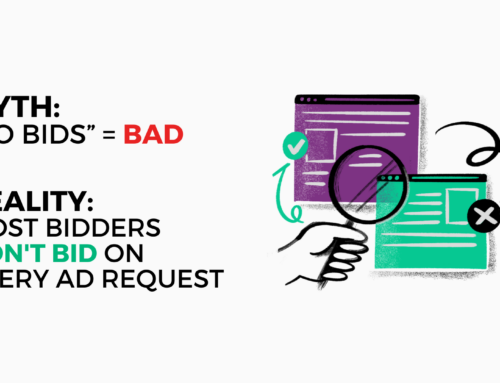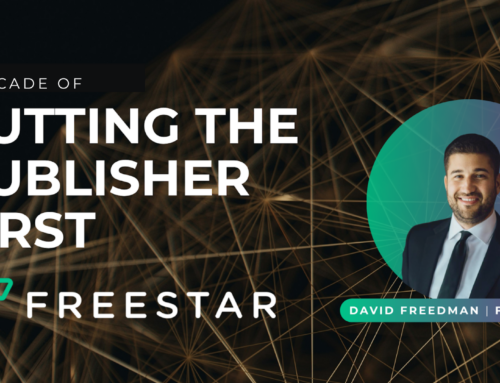Bits and Bobs from around the industry:
Predictions 2024: Contextual Advertising
Contextual advertising is expected to undergo significant growth, projected at 13.8% annually until 2030. As the industry navigates a post-cookie era, contextual advertising is emerging as a crucial element for privacy-compliant and relevant digital marketing. Advertisers are increasingly turning to contextual methods as traditional reliance on cookies and personal data faces challenges. Privacy, relevance, and AI efficiency are anticipated to be priorities in contextual advertising in 2024, with a focus on hyper-granular targeting and the use of contextual models.
Additionally, the industry will see enhanced privacy measures, increased industry synergy, and a shift toward interoperability. The loss of individual-level data due to the sunset of third-party cookies is expected to reshape digital advertising, making contextual advertising a key targeting and addressability framework. Contextual platforms integrating first-party data for brand-targeted audiences are predicted to be a game-changer in 2024, leveraging AI for smarter marketing. Multi-channel contextual solutions are expected to become an urgent priority, extending beyond mobile and desktop web. Ad relevancy remains a top priority, with contextual tools providing an alternative to third-party data reliance.
As privacy concerns shape the digital advertising ecosystem, both publishers and buyers are anticipated to utilize contextual targeting in programmatic and direct advertising campaigns. Advanced machine learning and AI algorithms are expected to contribute to a better understanding of content, context, and user behavior, leading to more precise ad placements and a less intrusive user experience.
LinkedIn Live Rewind: AdMonsters 2023 Recap W/ Chris Kane, Founder of Jounce Media
The AdMonsters 2023 Recap highlighted key topics in ad tech, featuring insights from Chris Kane, Founder of Jounce Media. Chrome’s deprecation of third-party cookies emerged as a significant challenge for the industry, with varying approaches among ad tech companies. Kane predicted a potential attribution crisis and emphasized the need for future-proofed attribution systems. The bankruptcy of MediaMath left a $100 million debt, raising concerns among publishers about counter-party risk.
Despite this, the resurrection of MediaMath by Infillion could ease concerns with a pragmatic approach recommended. Antitrust lawsuits against big tech companies, including Google, Meta, Apple, and Amazon, sparked discussions about their control over ad tech. Kane doubted major changes resulting from these lawsuits and praised the agility of independent ad tech in outmaneuvering giants. Supply chain complexity in programmatic advertising, leading to “bid stream bloat,” posed challenges. Kane suggested potential solutions, including direct integration between DSPs and publishers through mechanisms like prebid.
The debate over MFA (Made for Advertisements) sites intensified, with an ANA Publishers’ Report revealing that 15% of ad spend went to MFA publishers. Positive shifts occurred as industry players took action to reduce MFA spend, but negative shifts included concerns about misclassifications affecting reputable media companies. Kane emphasized the importance of transparency in classification decisions despite the industry’s current lack of readiness.
Traffic Is Down, Generative AI Will Make It Worse – And Publishers Must Look Inward For Answers
Publishers are facing challenges in the digital landscape as users increasingly access content through search and social media, resulting in a decline in referral traffic. This shift has contributed to a difficult year for publishers, marked by significant layoffs, with concerns about the outlook for referral traffic persisting. Search and social platforms, aiming to retain users within their ecosystems, present obstacles for publishers, especially as generative AI-powered search gains prominence. This technology, exemplified by Google’s Search Generative Experience (SGE), raises questions about the visibility of publishers’ content and revenue sharing.
The concept of “destination websites” is discussed, underscoring the nostalgia for a time when users visited a select few websites regularly. Calls for the return of homepages are observed, emphasizing the challenges publishers face in becoming must-visit destinations in today’s crowded online environment.
The adversarial relationship between publishers and major tech platforms, such as Google and Meta, is highlighted. The dominance of these platforms raises concerns that they may prioritize their interests over those of publishers, potentially leading to a significant loss of referral traffic. Additionally, the role of walled gardens, where major tech platforms keep users within their ecosystems, is explored, with warnings about the risks associated with publisher dependence on these platforms.
Strategies for publishers to navigate these challenges are discussed. Recommendations include investing in creating high-quality content that resonates with audiences, leveraging direct entry traffic through homepages and newsletters, and prioritizing the monetization of first-party data. The idea of publishers using their own generative AI tools to engage users and gather data is presented as a countermeasure against the dominance of major tech platforms.
There is an increase in the importance of empowering content creators as a crucial element in building and sustaining strong publishing brands. Despite the challenges posed by shifts in user behavior and the actions of major tech platforms, publishers are encouraged to focus on delivering valuable content and developing strategies that reduce their dependence on external platforms for audience engagement and monetization.






